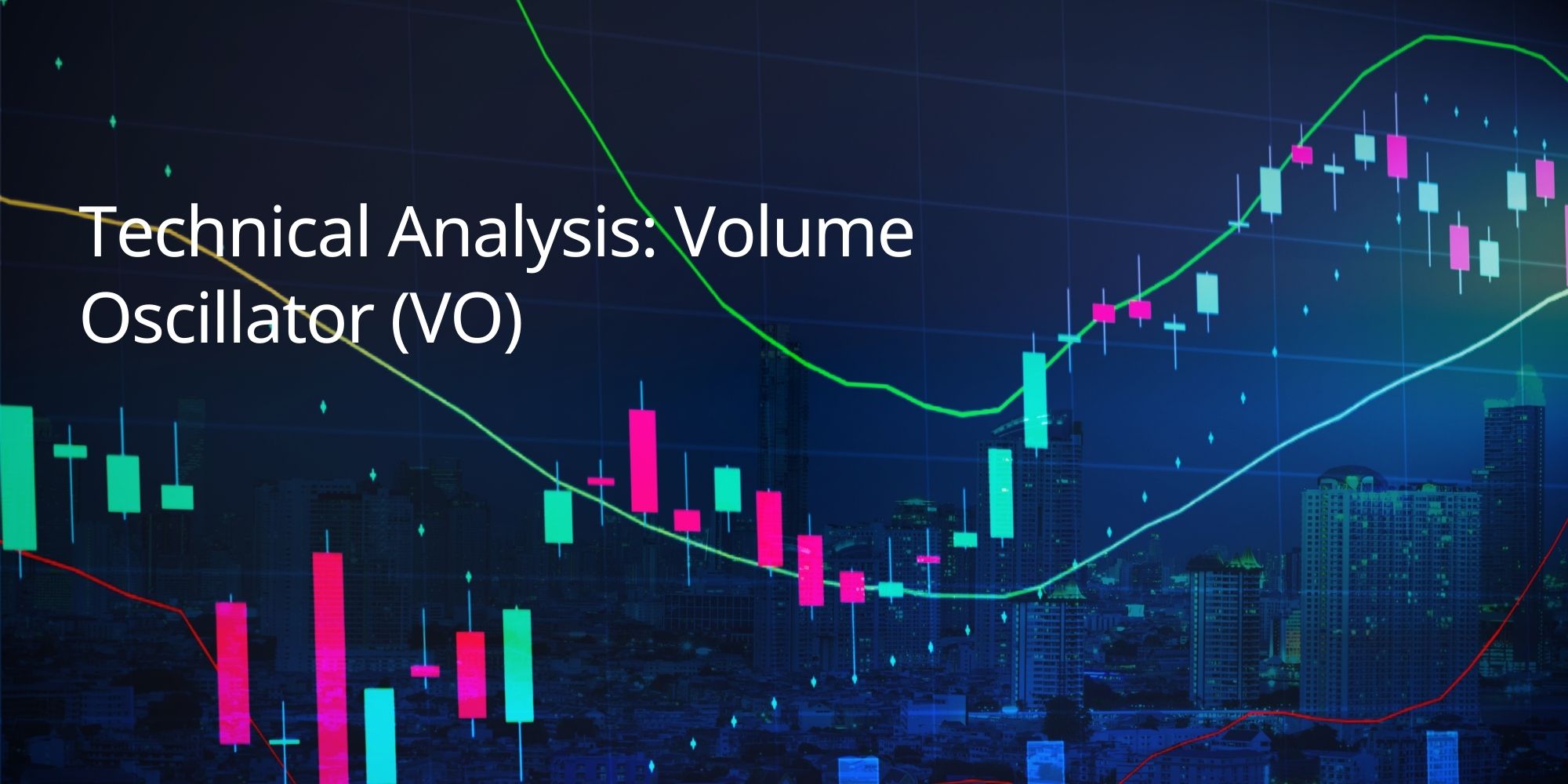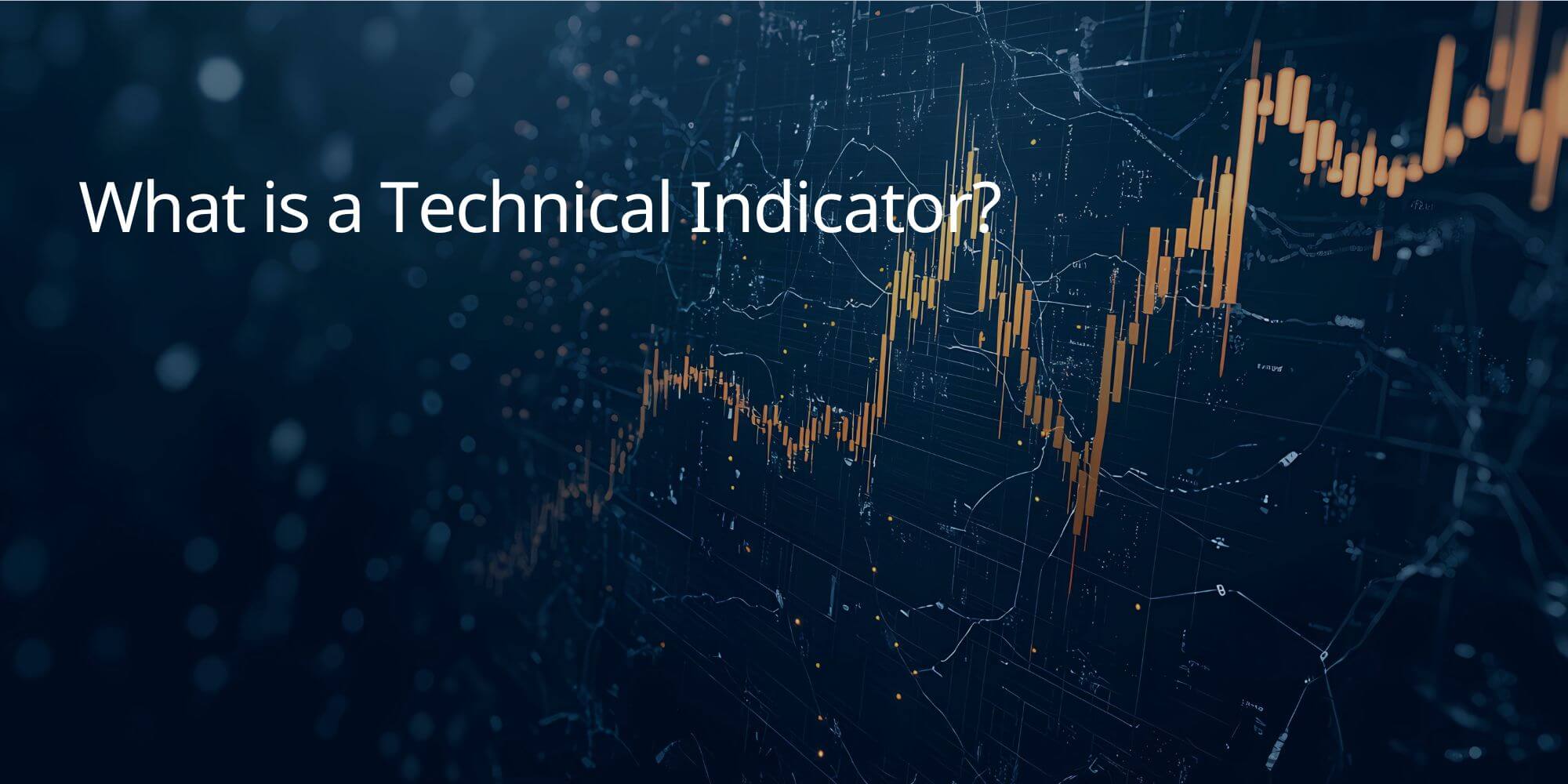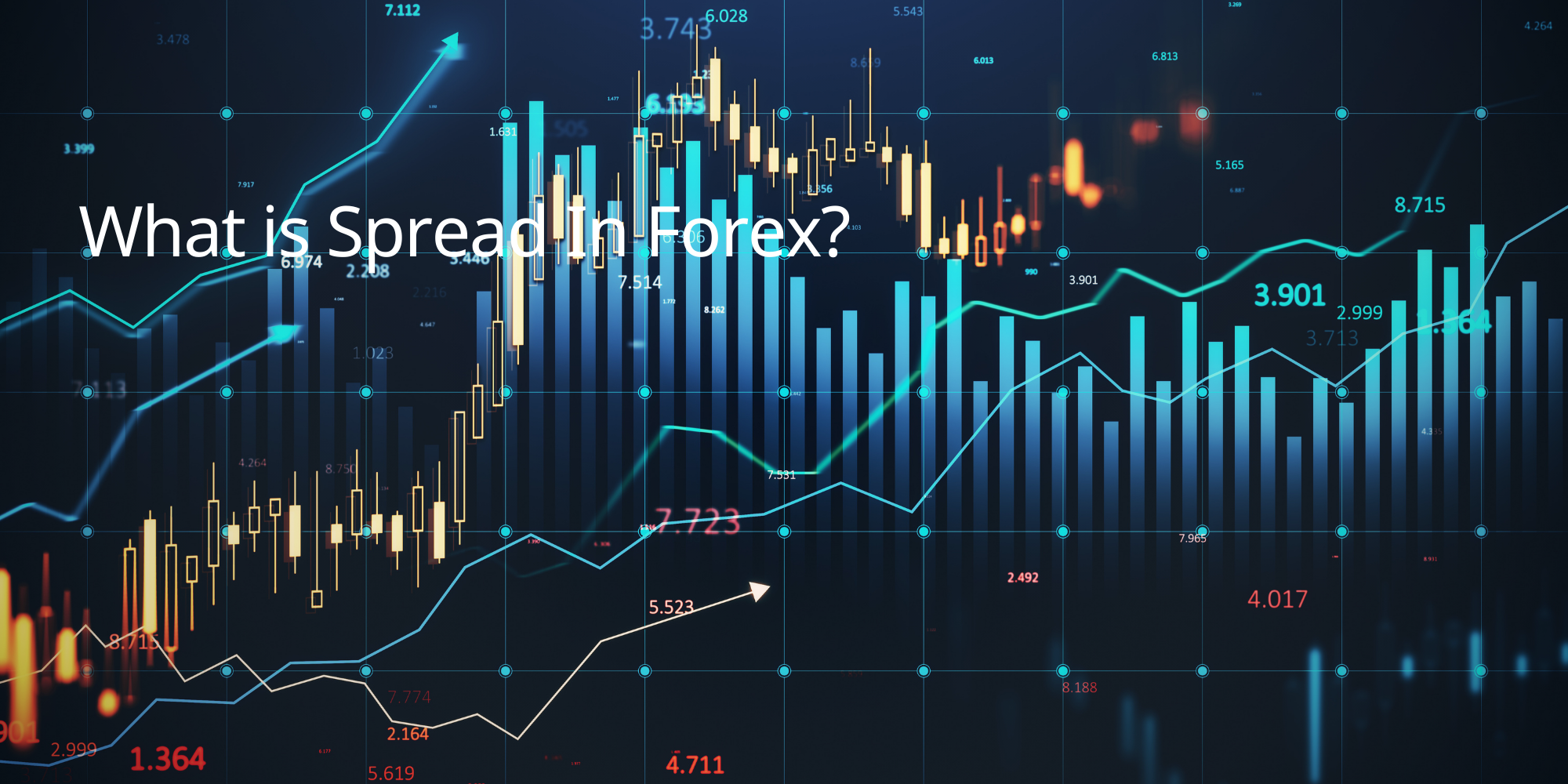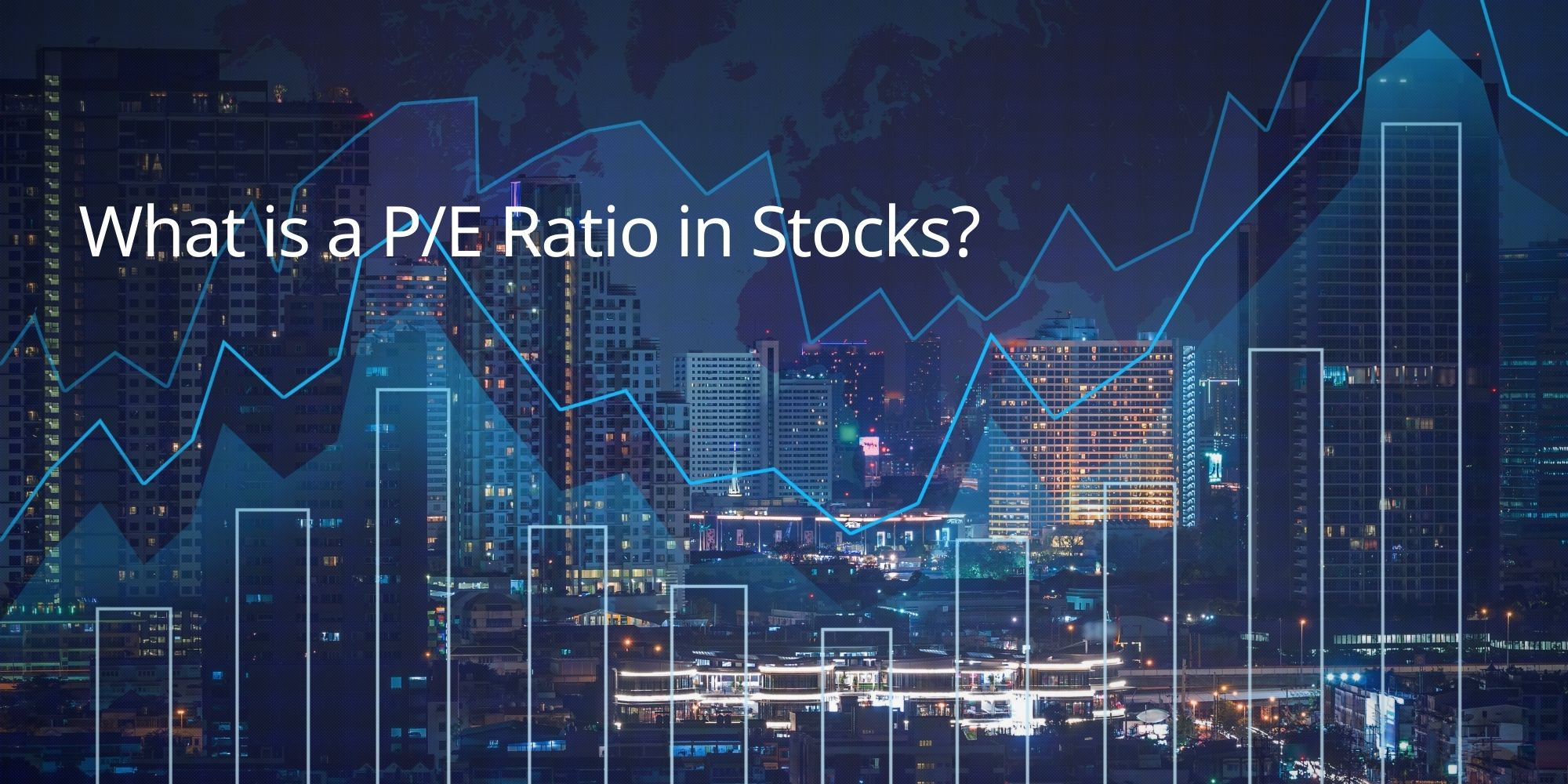Want to gain a deeper understanding of how volume influences price movements in the market? The Volume Oscillator (VO) is a powerful tool that helps traders analyze changes in trading volume to assess trend strength and potential reversals.
In this comprehensive guide, we’ll explore the Volume Oscillator in detail, covering its definition, calculation, interpretation, and practical applications in trading. Learn how to incorporate this indicator into your strategy to refine your trading approach and make more informed decisions in the financial markets.
What is the Volume Oscillator (VO)?
The Volume Oscillator (VO) is a momentum indicator that measures changes in trading volume to help traders assess the strength of a trend and identify potential reversals. It’s calculated by comparing two moving averages of volume, typically a shorter-term moving average and a longer-term moving average.
How the Volume Oscillator Works:
The VO is displayed as a line that oscillates above and below a zero line.
- Positive VO values: Indicate that the shorter-term volume is greater than the longer-term volume, suggesting increasing buying pressure and potential upward momentum.
- Negative VO values: Indicate that the shorter-term volume is less than the longer-term volume, suggesting decreasing buying pressure or potential selling pressure.
Advantages of the Volume Oscillator (VO)
The Volume Oscillator (VO) is a valuable tool that can provide traders with insights into market dynamics and potential trading opportunities. Here are some of its key advantages:
- Confirming Trends: The VO can help confirm the strength of a trend. A rising VO in an uptrend suggests increasing volume and buying pressure, while a falling VO in an uptrend could signal weakening momentum.
- Detecting Divergences: Divergences between the VO and price action can signal potential trend reversals. For example, if the price is making higher highs but the VO is making lower highs, it could indicate a weakening uptrend.
- Confirming Breakouts: The VO can help confirm breakouts from key price levels. A strong surge in the VO can indicate that a breakout is supported by strong volume and is more likely to be successful.
- Assessing Market Sentiment: The VO can provide clues about the overall sentiment of the market. High volume and a rising VO during an uptrend can suggest strong bullish sentiment, while low volume and a falling VO during a downtrend can indicate bearish sentiment.
- Filtering Out Noise: The VO can help filter out market noise and focus on significant price movements. By incorporating volume data, it can distinguish between genuine trend changes and short-term fluctuations.
Limitations of the Volume Oscillator (VO)
While the Volume Oscillator (VO) can be a valuable tool for traders, it’s important to be aware of its limitations:
- Lagging Indicator: The VO is calculated using moving averages, which are lagging indicators. This means that the VO’s signals might be delayed, especially in rapidly changing market conditions.
- Sensitivity to Timeframes: The choice of timeframes can significantly impact the VO’s signals. Using very short timeframes can make the VO more susceptible to noise and false signals, while using very long timeframes can make it slow to react to trend changes.
- Not a Standalone Indicator: The VO is most effective when used in conjunction with other technical indicators and price action analysis. Relying solely on the VO can lead to misinterpretations of market conditions and potentially unprofitable trades.
- Limited Scope: The VO primarily focuses on volume and doesn’t take into account other important factors, such as the magnitude of price changes or fundamental analysis.
Mitigating the Limitations
To overcome these limitations, traders can:
- Combine with Other Indicators: Use the VO in conjunction with other technical indicators, such as moving averages, trend lines, or momentum oscillators, to confirm signals and filter out false signals.
- Consider Market Context: Always interpret the VO’s signals in the context of the overall market environment. Consider factors such as news events, economic data releases, and the broader market trend when making trading decisions.
- Practice Risk Management: Use appropriate risk management techniques, such as stop-loss orders and position sizing, to limit potential losses.
How Is The Volume Oscillator (VO) Used In Technical Analysis?
The Volume Oscillator (VO) is a versatile tool that can be applied in various trading scenarios. Here’s how traders can use it effectively:
1. Identify Potential Divergences
Divergences between the VO and price action can signal potential trend reversals.
- Bullish Divergence: The price is making lower lows, but the VO is making higher lows. This suggests that buying pressure might be increasing despite the declining price, signaling a potential reversal to the upside.
- Bearish Divergence: The price is making higher highs, but the VO is making lower highs. This suggests that selling pressure might be increasing despite the rising price, signaling a potential reversal to the downside.
2. Confirm Trends
The VO can help confirm the strength of a trend.
- Rising VO in an Uptrend: Indicates increasing volume and buying pressure, supporting the continuation of the uptrend.
- Falling VO in an Uptrend: Indicates decreasing volume and potentially weakening momentum, suggesting a possible slowdown or reversal of the uptrend.
- Falling VO in a Downtrend: Indicates increasing volume and selling pressure, supporting the continuation of the downtrend.
- Rising VO in a Downtrend: Indicates decreasing volume and potentially weakening momentum, suggesting a possible slowdown or reversal of the downtrend.
3. Validate Breakouts
The VO can help confirm breakouts from key price levels.
- Breakout with High Volume: A breakout accompanied by a surge in the VO suggests strong buying pressure and increases the likelihood of a successful breakout.
- Breakout with Low Volume: A breakout with low volume might be a false breakout, as it suggests a lack of conviction from buyers.
4. Combine with Other Indicators
Use the VO in conjunction with other technical indicators to confirm signals and improve your trading decisions. For example, you might combine it with:
- Moving Averages: To confirm the direction of a trend.
- RSI: To identify overbought/oversold conditions.
- MACD: To spot momentum shifts.
Important Considerations:
- Lagging Indicator: The VO is a lagging indicator, meaning it reacts to past price and volume data. This can sometimes cause it to be slow to signal trend reversals.
- False Signals: Like any technical indicator, the VO can generate false signals, especially in volatile or choppy market conditions.
- Risk Management: Always use appropriate risk management techniques, such as stop-loss orders and position sizing, to limit potential losses.
Calculating the Volume Oscillator (VO)
The Volume Oscillator (VO) is a momentum indicator that measures changes in trading volume. It’s calculated by comparing two moving averages of volume, typically a shorter-term moving average and a longer-term moving average.
Steps to Calculate the VO:
- Choose the Timeframes: Select the timeframes for the two moving averages. The most common settings are a 5-period moving average for the short-term and a 20-period moving average for the long-term. However, traders can adjust these periods to suit their trading style and the timeframe they’re analyzing.
- Calculate the Moving Averages: Calculate the moving averages of volume for the chosen timeframes. For example, if you’re using a 5-period moving average, you would calculate the average volume over the past 5 periods (e.g., 5 days, 5 hours).
- Subtract the Moving Averages: Subtract the longer-term moving average from the shorter-term moving average. The result is the Volume Oscillator value.
Formula:
VO = Short-Term Moving Average – Long-Term Moving Average
Example:
Let’s say the 5-period moving average of volume is 1,000,000 shares, and the 20-period moving average of volume is 800,000 shares. The Volume Oscillator value would be:
VO = 1,000,000 – 800,000 = 200,000
This positive value suggests that the short-term volume is higher than the long-term volume, indicating increasing buying pressure and potential upward momentum.
Exploring Different Volume Oscillators
Volume oscillators are technical indicators that combine price and volume data to provide insights into market trends and momentum. Here are some of the most popular volume oscillators used by traders:
1. Chaikin Money Flow (CMF)
CMF measures the flow of money into and out of an asset over a specific period. It’s calculated using the Accumulation/Distribution Line (ADL) and a moving average.
- Positive CMF values: Suggest accumulation (buying pressure).
- Negative CMF values: Suggest distribution (selling pressure).
2. Volume Weighted Average Price (VWAP)
VWAP is a trading benchmark that shows the average price a security has traded at throughout the day, based on both volume and price. It’s often used by traders to assess the current price relative to the average price and identify potential entry and exit points.
3. On-Balance Volume (OBV)
OBV is a cumulative indicator that measures buying and selling pressure by adding or subtracting volume based on the direction of price changes. A rising OBV line suggests buying pressure and a potential uptrend, while a falling OBV line suggests selling pressure and a potential downtrend.
4. Klinger Oscillator
The Klinger Oscillator measures the flow of money into and out of an asset using a concept called “Volume Force.” It compares the volume flowing through a security with its price movements.
- Positive values: Indicate bullish momentum (buying pressure).
- Negative values: Indicate bearish momentum (selling pressure).
5. Accumulation/Distribution Line (A/D Line)
The A/D Line is a cumulative indicator that uses both price and volume to assess whether a security is being accumulated or distributed. It helps identify the strength of a trend and potential divergences between price and volume.
Choosing the Right Volume Oscillator
The best volume oscillator for you will depend on your individual trading style and preferences. Each indicator has its own strengths and weaknesses, and it’s important to understand how they work and how to interpret their signals.
Conclusion
The Volume Oscillator (VO) is an essential tool for traders looking to analyze volume dynamics. By tracking changes in trading volume, VO provides valuable insights into trend strength, overbought/oversold conditions, and potential reversals.
At TradeSmart, we provide traders with the tools and insights needed to effectively use VO. Our advanced trading platforms, educational resources, and market analysis empower you to:
- Analyze the VO and interpret its signals.
- Identify trends and confirm their strength.
- Spot divergences to anticipate potential reversals.
- Combine the VO with other indicators for a well-rounded market perspective.
- Make informed trading decisions based on volume and price dynamics.
Ready to enhance your trading skills? Sign up with TradeSmart.com today and unlock the power of the Volume Oscillator.
Start Trading




